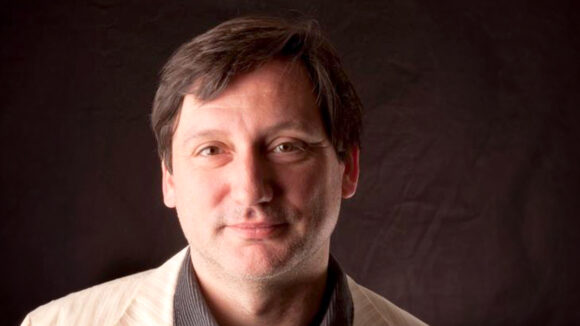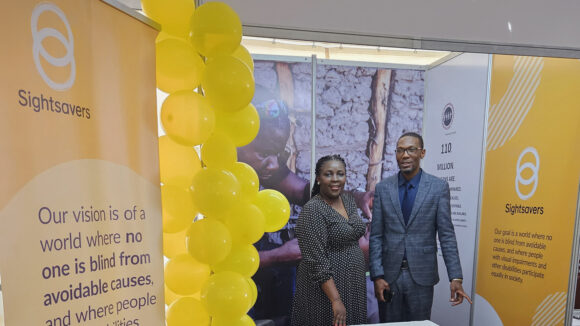NOTE: This article is more than five years old, but may still be relevant. For more recent content, see our news and blogs page.
World governments will meet at the United Nations General Assembly this weekend, and a key item on their agenda is the Sustainable Development Goals (SDGs).
Disability has been included in the draft of the SDGs to be agreed. But for people with disabilities in developing countries, which goals give hope for the biggest impact, and – more crucially – what action is needed for that to happen by 2030?
The inclusion of disability in the SDGs is a huge deal. The Millennium Development Goals (MDGs) – which the SDGs will replace – didn’t mention it. The MDGs helped direct aid flows towards a list of priorities, and the absence of disability the MDGs meant people with disabilities did not benefit from development.
In short, people with disabilities were left behind.
In many countries, those with disabilities remain the most excluded and hardest to reach of all groups in their community. They are less likely to have access to healthcare and education, and in turn find earning a living and lifting themselves out of poverty that much more difficult, if not impossible.
But the inclusion of disability in the SDGs – one of the most comprehensive international development frameworks ever written – is a cause for real hope that people with disabilities will this time tangibly feel the impact of development progress.
In the current draft of the SDGs, there are three specific mentions of disability that we want to highlight:

Sustainable Development Goals
Sightsavers’ work is aligned with the goals and directly contributes to achieving them.
About the goals
SDG 4: Ensure inclusive and equitable quality education and promote lifelong learning opportunities for all
“Build and upgrade education facilities that are child, disability and gender sensitive and provide safe, non-violent, inclusive and effective learning environments for all.”
SDG 10: Reduce inequality within and among countries
“By 2030, empower and promote the social, economic and political inclusion of all, irrespective of age, sex, disability, race, ethnicity, origin, religion or economic or other status.”
SDG 17: Strengthen the means of implementation and revitalize the global partnership for sustainable development
“By 2020, enhance capacity-building support to developing countries… to increase significantly the availability of high-quality, timely and reliable data disaggregated by income, gender, age, race, ethnicity, migratory status, disability, geographic location and other characteristics relevant in national contexts.”
These targets that specifically mention disability will help ensure that in efforts to provide education, equality and data monitoring, people with disabilities will be included. This means real commitment to progress, to measuring that progress and achieving advances which have, until this coming weekend, been impossible.
But these commitments, which hold such potential and hope for the world’s billion people with disabilities, are just a piece of paper. Without implementation, their promises will go undelivered, and people with disabilities will continue to be left behind.
That’s why advocacy and partnership are vital if we are to see real impact by 2030. Funders, non-profits, and other groups need to maintain pressure on governments to include people with disabilities in their development plans, even when inclusion is challenging or costly.
People with disabilities will be vital actors in this process. The inclusion of disability in the SDGs will be a powerful tool for people with disabilities to use as they raise their concerns with their own governments, and work in partnership together to deliver progress.
Once the UNGA session ends, the SDGs are agreed and the celebrations are over, the real job begins: to ensure that what is promised is delivered.
Want to read more about our work?
Global Goals
The key to inclusive education is engaging organisations of people with disabilities
Collaborating with organisations of people with disabilities (OPDs) on our inclusive education projects has earned the Sightsavers-led Inclusive Futures consortium a Zero Project Award in 2024.

Six takeaways from the International Conference for Public Health in Africa
Sightsavers’ Hortance Manjo shares insights from the event in Zambia, which highlighted eye health for the first time.

Going beyond health: the role eye care plays in the SDGs
Eye health has an impact on numerous Sustainable Development Goals, and has a ripple effect that improves gender equity, education, economic and health outcomes.